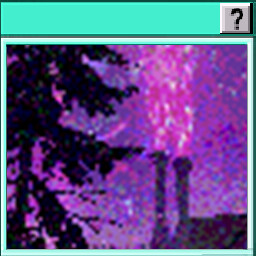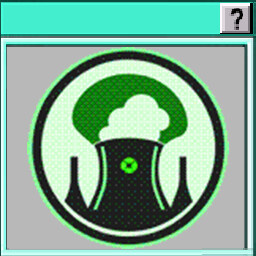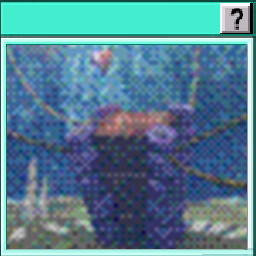Instalar o Steam
Iniciar sessão
|
Idioma
简体中文 (Chinês Simplificado)
繁體中文 (Chinês Tradicional)
日本語 (Japonês)
한국어 (Coreano)
ไทย (Tailandês)
Български (Búlgaro)
Čeština (Checo)
Dansk (Dinamarquês)
Deutsch (Alemão)
English (Inglês)
Español-España (Espanhol de Espanha)
Español-Latinoamérica (Espanhol da América Latina)
Ελληνικά (Grego)
Français (Francês)
Italiano (Italiano)
Bahasa Indonesia (Indonésio)
Magyar (Húngaro)
Nederlands (Holandês)
Norsk (Norueguês)
Polski (Polaco)
Português (Brasil)
Română (Romeno)
Русский (Russo)
Suomi (Finlandês)
Svenska (Sueco)
Türkçe (Turco)
Tiếng Việt (Vietnamita)
Українська (Ucraniano)
Relatar problema de tradução


 California, United States
California, United States 



























Inorganic chloramines
Inorganic chloramines comprise three compounds: monochloramine (NH2Cl), dichloramine (NHCl2), and nitrogen trichloride (NCl3). Monochloramine is of broad significance as a disinfectant for water.[3]
Organic chloramines
N-Chloropiperidine is a rare example of an organic chloramine.[4]
Chloramine-T is often referred to as a chloramine, but it is really a salt (CH3C6H4SO2NClNa) derived from a chloramine.[5]
Organic chloramines feature the NCl functional group attached to an organic substituent. Examples include N-chloromorpholine (ClN(CH2CH2)2O), N-chloropiperidine, and N-chloroquinuclidinium chloride.
Chloramines are commonly produced by the action of sodium hypochlorite on secondary amines: